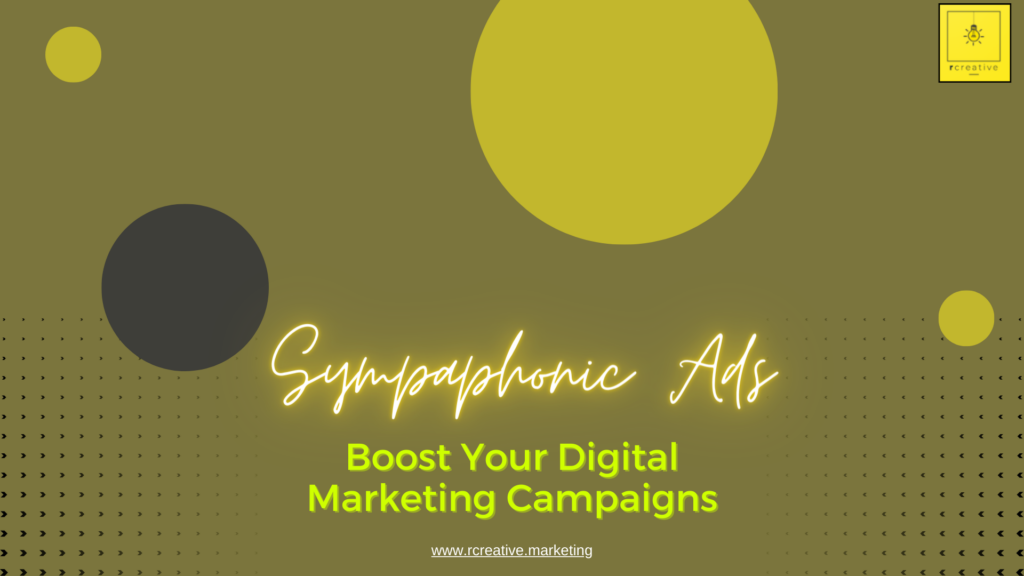Stock photos… To use them or not?
Is that a question you’ve been considering for your brand?
As a new year approaches, you may be reevaluating your content branding strategies to make a more solid impact in 2018.
When it comes to your brand, there are some obvious refresh points to cover, like website design, written content and online marketing strategy. But some less obvious detractors – like stock photos – may be lurking on your site and harming your brand without your knowledge.
[text_with_frame id=”368c1dbfefba91dceb946d322e0e86bc” content=”‹¨›p‹˜›‹¨›em‹˜›If you find this article helpful consider giving it a share‹¯›nbsp;‹¨›/em‹˜›?‹¨›/p‹˜›” line_color=”rgba(0,0,0,.07)” text_font=”body” heading_font=”heading” animation=”none” animation_speed=”2″ animation_delay=”0″ __fw_editor_shortcodes_id=”e6852c2dacc162bc8c34ba646905e841″ _fw_coder=”aggressive”][/text_with_frame]
Take in the Whole Picture
Images are a great way to tell a story, and indeed, image-driven marketing continues to perform well year over year. There’s a lot of pressure to deliver a glossy picture-rich site and churn out clickable social media content on popular image sharing sites (notably Pinterest and Instagram). If a picture says a thousand words, then your site and social media images have a lot to say about your brand.
What are they saying?
A thoughtful, visually driven photo campaign can powerfully impact your brand’s messaging across platforms. But if you’re not delivering photography services, this may be difficult to achieve. After all, you’ve got content to write, clients to meet with or widgets to make.
In an effort to save time, and maybe a little cash, you may be tempted to turn to stock photos to tell your story for you. However, they may be costing you more than you think.
Yes, stock photos tell a story, and it’s not your story. Consider brands with websites that you really connect with: do they have engaging pictures of their own products, employees and projects? Or are they loaded with stock photos you’ve seen all over the rest of the Internet?
Chances are, the brands you love are authentically branding themselves, from their logo down to every last image. That’s part of what adds to their reliability and the trust that you have in them.

Bottom line: big brands don’t use stock images.
Still not convinced? Let’s look at some of the costs – real and implied – when you choose stock photos over authentic ones.
The True Cost of Free Stock Photos
There are a lot of stock photos sites out there.
Free sites, like Flickr, Unsplash, Canva and iStockPhoto offer free images for anyone anywhere who wants to use them. The catch is that these pictures are available to everyone everywhere. If you think a picture of a sunset over your city’s skyline is the perfect picture for your local page, you’re probably not the first person who’s ever thought that.
Chances are, if you like a free stock photo, others do too – and they’re already incorporating it into their website or content branding in some way.
This year, I wrote a post for a group that wanted me to provide a stock image from a list of free sites they liked. So I did. That same day, I noticed three other publications I followed on social media using the exact same image that I’d chosen for my post. My timeline looked like a giant stack of repeat posts, because each one had the same featured image. Not cool.
Another factor to consider when you work with free stock photos is that you absolutely must provide proper citation for each photo that you use – and that the pictures are labeled for use for the purposes that you want them for.
If you’re making sales from pages that have stock photos you downloaded for free and aren’t explicitly labeled for commercial use, you’re technically breaking the law. Not only does this set you up for possible legal trouble, but it undermines your legitimacy as a brand owner that knows what they’re doing.
Additionally, even when using the right photos in the right places, you need to use proper citation for each photo you use. This isn’t about being a nice person – this is about playing by the rules.
I cannot stress this enough: if you’re using free stock photos and not giving attribution, you are not acting ethically and you are breaking the law.
If you’re going to cut costs and go with free stock photos, then you have to pay up in attribution credits.
The reason that people even offer free stock photos in the first place is so that they can get the credit whenever their photos are used online. No one’s offering free pictures from the goodness of their creative souls.
As a creative, I get it. I enjoy supporting other creatives. However, I’m not about using my site (or any of the sites I manage/contribute to) as a free billboard for other creatives who I don’t even know to share their talents. It’s not a matter of being nice or mean – it’s simply smart business.
What About Paid Photos?
Of course, if you’ve been around the online marketing realm for any period of time, you know that free stock photos aren’t the only option out there. In fact, you probably have opinions about free stock photos and the sites that use them.
If you’re in the “free stock photos make your brand look cheap” camp, good for you. You’re already on the right path.
Eschewing free stock photos leaves you with two (well technically, three) options:
- Purchase a paid stock photo subscription.
- Take your own photos.
- Have a photo-less website. (Don’t do this.)
At this point, you may opt to go with a paid stock photo subscription of some sort. Popular options include Shutterstock, Getty Photos and iStockPhoto (they offer a paid tier in addition to their free photo options).
Paid stock photos provide some advantages over free ones. For one, you’re less likely to see the images you pay for in as many places all over the Internet. Though, cheaper stock photo subscriptions aren’t limited by distribution numbers, so if you’re at the bottom tier of a Shutterstock plan, for example, you’re still going to see the same stock photos floating around on other websites.
When you purchase stock photos, you don’t have to pay photo creators in the form of free attributions on your site. This is a huge perk that, at the very least, keeps your site from looking like a junky billboard. Part of the subscription fee that you pay goes to compensate the creatives who provide the photos you’re using.
Your Stock Photo Subscription Options
There are many levels of subscription-based stock photos that you can purchase. You can find stock photos specific to your industry or pay for ones that have access to certain logos and brands that you feel will elevate your own brand.
If you’re willing to pay enough, you can even purchase exclusive rights to single photos so that you can guarantee you won’t see the stock images you’re using floating around elsewhere on the web – this is a huge perk when it comes to boosting your SEO.
But there’s a dark side to paid stock photos. Even if you’re purchasing the best stock photos that money can buy, you’re still cheating your brand out of a unique, cohesive image. There is no stock photo in the world that can adequately portray the messaging you’re trying to convey with your branding and marketing efforts.
Sure, they can come close – that’s why people use stock photos in the first place. But they’re never going capture the exact vibe you’re looking for. And when it comes to image based marketing – which potential customers use heavily to judge your branding in mere seconds – you can’t risk lost connections as the result of a poor image choice.
If you’re using stock photos, you’re almost guaranteed to lose connections, especially those from social media, where users are literally seeing the same pictures over and over again from brands just like yours.
How to Break Up with Stock Photos
Likely, the reason you’re using stock photos in the first place is that you simply don’t have the time to take and edit pictures of your own. Or maybe you don’t want to invest in the photography equipment and software to make authentic images part of your lineup. Perhaps you even have an obscure niche or need pictures of things that are simply difficult to photograph – like bacteria or outer space.
There are plenty of reasons to use stock photos – and if you’re a one-person show who’s got a startup you’re trying to get off the ground, it’s okay to rely on them for a short period of time as you grow your business and shore up your branding. But stock photos should never be more than training wheels for your branding efforts.
The best way to get a lot of pictures for your branding is to hire a professional photographer to spend a day with your company and take pictures of your employees, clients, workspace and other relevant objects. (Always ask people for permission before using photos of them.)
A professional photographer can provide you with hundreds of pictures that you can simply store on a drive and pull up when you need them. Paying for a day’s worth of photography and a couple hundred images is pricy – but as we’ve established, so is paying for premium stock photos, especially if you pay on a per-photo/per-view basis.
If a professional photographer isn’t in your budget, you can always brush up on your photography skills and snap some pictures on your own. iPhones have pretty awesome cameras that don’t require a lot of professional skill to maneuver. Sure, it’s not going to be as polished as a professional photo might be, but with careful editing, you can get some pretty solid pictures on the cheap.
Even the time that it takes to create your own images is worth it when it comes to conveying a cohesive image for your brand. You can integrate your own watermarks, branding and, of course, your creative vision for every single image that touches your website.
Why Do We Care About Your Photos?
If you’re reading through this and thinking “what’s the big deal – your photos and images aren’t all that great?”, well, you’ve got a point. We’re not photographers and we don’t currently offer photography services.
However, we do care about your SEO. Stock photos hurt not only your image, but also your SEO rankings. We’ve covered this issue previously, so it’s not essential to rehash it here, but bottom line: if your website is using pictures that every other website on the planet is also using, you’re not doing anything to make your brand stand out when SEO robots crawl your site.
At the best, you risk simply losing out on a boost in your ranking. At the worst, you risk getting deranked because, well, you’re not original and your SEO is simply incohesive. Either way, you’re not doing yourself any favors – and you might lose yourself some sales.
Here at Rystedt Creative, one of our resolutions for 2018 is to incorporate some better photography to boost our branding. For us, this involves looking into our local professional photography options and beefing up our personal Photoshop skills to edit our own pictures.
What might your better branding commitments for 2018 look like? Do you, like us, need a better way to visually represent your brand? Is your website in need of an overhaul? Is written content an essential component of your content marketing strategy?
Let us know your 2018 branding goals in the comments below. Perhaps we can be a part of your branding strategy. Or perhaps we can simply encourage one another as we pursue better photography in the new year.
Either way, stay tuned to our blog for more information how to improve your online presence for 2018.
[mc4wp_form id=”573″]


